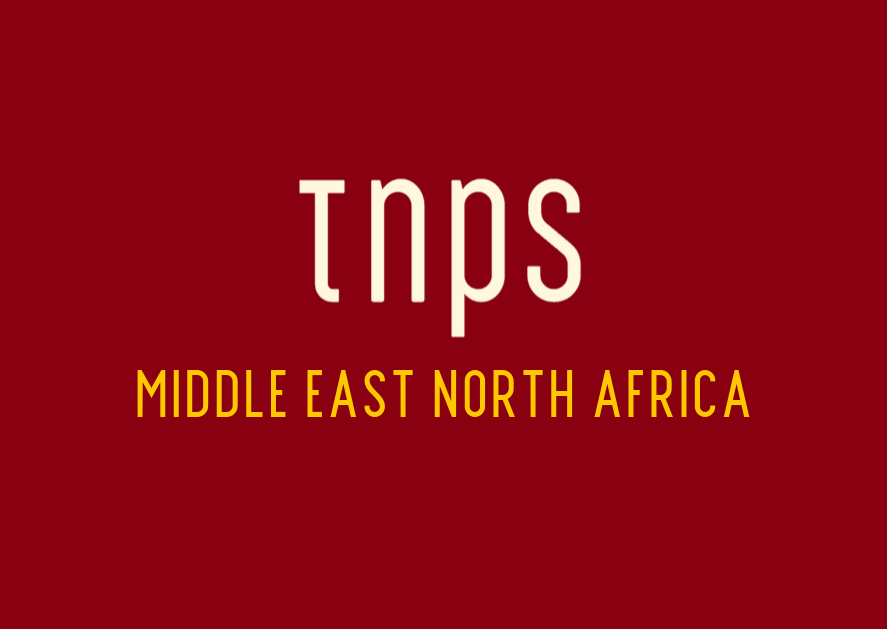“The bottom line is, we simply do not know how much the newly acquired prêt-a-porter US market addition brings to the table, but we can safely assume it is instrumental in keeping Storytel’s results where they are today.”
Time was you knew, well in advance, pretty much exactly what the Storytel quarterly report would say. Revenue and subscriber forecasts beaten, new markets launched, new markets planned. They were as predictable as North Korea’s election results, with just minor details to fill in the blanks of the template press release that lay patiently waiting on Jonas Tellander’s desk.
That all changed the day Tellander was forced to step down as Storytel CEO, and now there’s a new predictability about the Storytel results. Forecasts met – because they now play safe and only make forecasts it would take an extinction-level comet-colliding-with-Earth event to miss – and a complete absence of even a hint that there might be new markets, or even a meaningful acknowledgement of the existing markets.
So Storytel’s Q2 2022 total streaming revenue just tipped SEK 700 million (704 million if you must know, which equates to $67 million). That breaks down as SEK 469 million from the Nordics and SEK 235 million from the non-Nordic markets, so a substantial part of Storytel revenue is now coming from outside the Nordics.
Storytel reports that the total revenues show a 29% YoY increase over Q2 2021 (+31 percent excluding the Storytel Russia operation, now defunct).
Excluding Russia, Storytel quietly notes, the non-Nordic revenue growth jumped an undeniably impressive 112%, while factoring in Russia that still comes in at an equally undeniably impressive 93% YoY growth.
Paying subscribers in the Non-Nordic segment totalled 953,000 in Q2 2022, YoY growth of 48 percent – 64 percent excluding Russia.
So why isn’t this the headline news?
The reason is simple: The Audiobooks.com acquisition that means Storytel is in 2022 what it was not in 2021 – a player in the massive US market.
And the reality is that almost all the growth we are seeing in the Non-Nordic sector is from that acquisition. Not that you’d know that reading Acting CEO Ingrid Bojner’s cautiously worded statement, which instead shifts the credit to new marketing strategies which clearly do not account for the growth and furthermore are “limited time” and may not even hold their own into Q3.
In Bojner’s own words:
In Q2, Storytel saw continued growth in priority markets in the Nordics, Europe and in the US. During Q2 we successfully introduced a limited-on-time subscription Basic in several markets, in our continuous effort to offer relevant alternatives for our subscribers. This offering complements our Unlimited and Family subscriptions, not least in challenging times for household economies hit by the consequences of inflation.
Okay, so we all understand the looming recession is and will continue to hit consumer pockets and measures are needed to keep existing and new subscribers on board.
But Bojner’s statement and the accompanying numbers, by telling us so little, tells us so much.
Let me here bring in Sölve Dahlgren, who as Editor-in-Chief of the Swedish industry journal Boktugg, might be seen by some as more objective than yours truly writing out of West Africa and still on the recuperation path after a nasty malaria episode.
On the Nordics numbers, Dahlgren addresses the problem of looking at YoY growth rather than more recent growth.
In twelve months (the Nordics) has gained 94,400 subscribers compared with Q2 2021. But during the last quarter “only” 17,000.
The number of subscribers outside the Nordic region increased from 643,300 (Q2-2022) to 953,000 (Q2-2021), which was down from 990,000 (Q1-2022), which means that all growth in countries outside the Nordic region was eaten up by the loss in Russia.
The Russia problem of course is something quite beyond Storytel’s capacity to predict or deal with, but the ongoing and entirely understandable liquidation of the Storytel RU operation does not warrant a mention by Bojner.
Dahlgren further observes:
An interesting observation in the figures refers to the gross margin for Non-Nordics in particular during Q1 (the figure for Q2 will not come until 5 August in the half-year report), which went from SEK 48 to 118 million and from 39.4 to 49.2%, respectively (adding) the margins on audiobooks are higher in the US than in many other international markets. On the other hand, so are the costs.
The bottom line is, we simply do not know how much the newly acquired prêt-a-porter US market addition brings to the table, but we can safely assume it is instrumental in keeping Storytel’s results where they are today. Similarly we can only guess at how the non-priority markets are faring. But safe to say most are at best treading water, and possibly a serious drain on the Storytel machine, because without the support and nurturing that Tellander was willing to give and that the shareholders will not let Bojner even think about, the lesser Storytel markets are little more than placeholders.
A visit to the Storytel international site shows there are still 25 markets, even after Russia has been removed, and despite the USA not being added (in the US the Storytel brand appears to be an embarrassment for Bojner and co.)
Among the 25 survivors is the latest addition, Indonesia, the last of the Tellander markets, that finally launched with absolutely no fanfare whatsoever in Stockholm (perhaps hoping the shareholders wouldn’t notice) in March of this year.
But for how long? With a monthly subscription rate of $2.60 it ls safe to say Storytel ID, even factoring in the much lower production and operational costs such a country offers) is on borrowed time.
And the same can likely be said about some of the other recently acquired and/or underperforming markets that are hurting Storytel’s bottom line at a time when the shareholders are panicking about the looming global recession.
In concluding, let me reluctantly note the bitter irony that it is Storytel’s credit model used in the US, not the unlimited subscription model, that is keeping Storytel’s results buoyant.
But don’t take that as a comment on the model. What’s happening at Storytel isn’t about the model, just shareholder management.





